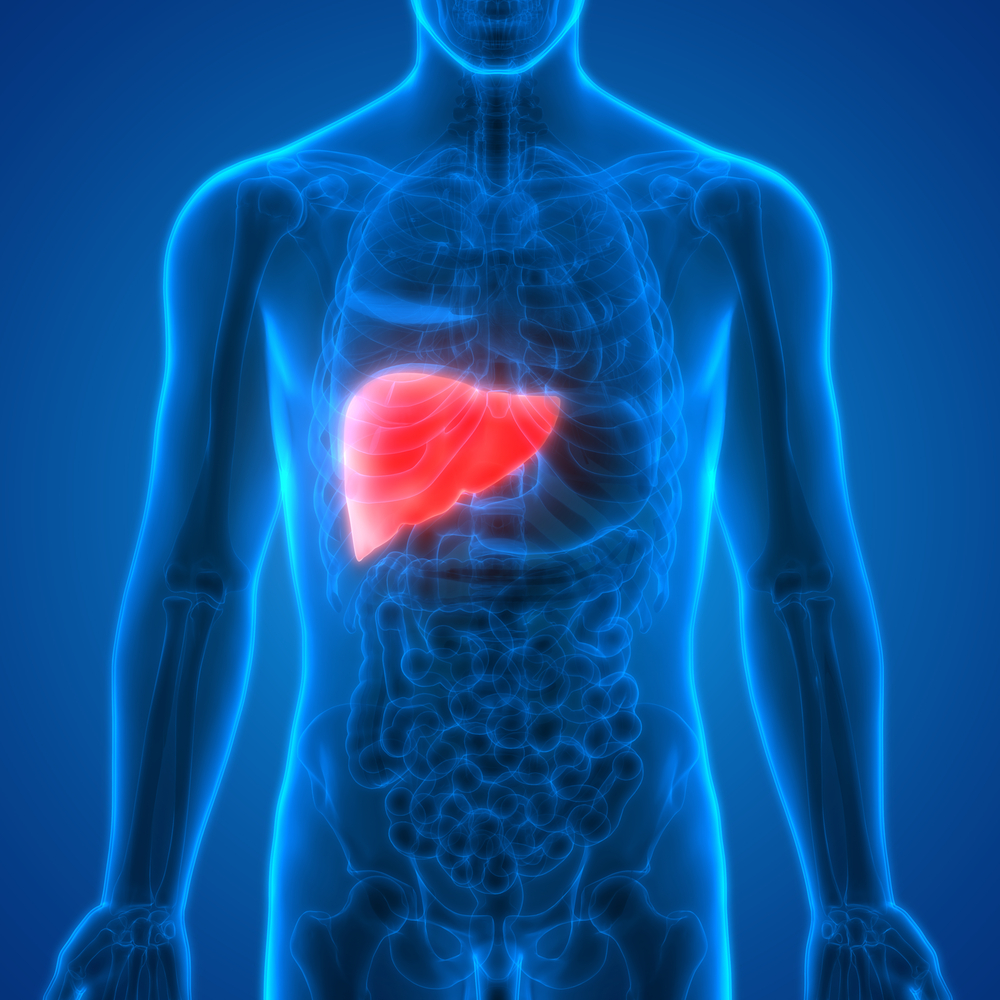AHP Patients at Age 50 Should Be Screened for Liver Cancer, Study Suggests

The U.S. incidence of the most common form of liver cancer — called hepatocellular carcinoma (HCC) — in people with acute hepatic porphyrias (AHP) warrants cancer screening beginning at age 50, a study suggests.
The study, “Hepatocellular Carcinoma in Acute Hepatic Porphyrias: Results from the Longitudinal Study of the U.S. Porphyrias Consortium,” was published in the journal Hepatology.
Porphyria is a group of disorders caused by abnormalities in the production of heme, which is essential for the transport of oxygen in the blood. Such defects lead to the toxic buildup of heme precursor molecules known as porphyrins.
AHPs includes four diseases: acute intermittent porphyria (the most common), hereditary coproporphyria, variegate porphyria, and an inherited deficiency of delta-aminolevulinic acid dehydratase.
HCC has been reported in people with AHPs, mostly in Europe. However, the clinical characteristics, outcomes, and frequency of HCC in AHP patients have not been reported from the U.S.
Researchers based at the Icahn School of Medicine at Mount Sinai, in New York, analyzed AHP patients enrolled in the Longitudinal Study of the Porphyrias (NCT01561157), which is a long-term natural history study organized by the Porphyrias Consortium.
All patients had a confirmed diagnosis of an AHP with elevated urine levels of porphobilinogen (PBG) or a disease-causing mutation. A diagnosis of HCC was confirmed by review of medical records and liver imaging.
At the time of the study, 863 patients with porphyrias were enrolled in the Longitudinal Study, 327 of whom were AHP patients. Among this group, 270 (82.6%) had acute intermittent porphyria, 19 (5.8%) hereditary coproporphyria, and 38 (11.6%) had variegate porphyria.
Five AHP patients were diagnosed with HCC (1.5%), including four with acute intermittent porphyria and one with variegate porphyria. Notably, the highest annual incidence of HCC in people with AHPs had been reported from northern Sweden, at 0.8%, the investigators said.
All patients with HCC were white women, three of whom had symptoms of AHP. They reported sporadic attacks (two patients) and one woman had recurrent attacks of more than four each year, which required treatment with intravenous (into-the-vein) heme. Still, two of these three women had had no attacks for over 10 years.
In the remaining two patients, AHP was diagnosed through genetic testing as part of family screening.
No AHP patient with cancer had hepatitis B, hepatitis C, hemochromatosis (excess iron), autoimmune hepatitis, or alcoholic liver disease. One patient had a history of liver fibrosis, or scarring.
The median age at HCC diagnosis was 69, ranging from 61 to 74 years.
At liver cancer diagnosis, all five patients had normal levels of blood creatinine (a marker of kidney health), platelet counts, and total bilirubin, which is a marker for liver disease. Three of the women had elevated levels of serum aminotransferases, an indicator of liver injury.
In the parts of the liver without cancer, the team found no significant fibrosis, inflammation, iron accumulation, or bile duct damage.
Liver resection, or surgical removal of a portion of the liver, was performed as primary HCC treatment in four patients. The remaining patient was given a form of radiation treatment. None underwent a liver transplant.
At the time of last follow-up, all five were alive, with survival times of 26 to 153 months (2.2 to 12.75 years) after cancer diagnosis. However, tumors in two patients developed following liver resection, requiring further surgery and treatment. This marked an overall cancer recurrence rate of 40%, the study noted.
“We recommend that all AHP patients, regardless of the severity of symptoms, be screened for HCC, beginning at age 50,” the researchers wrote.






